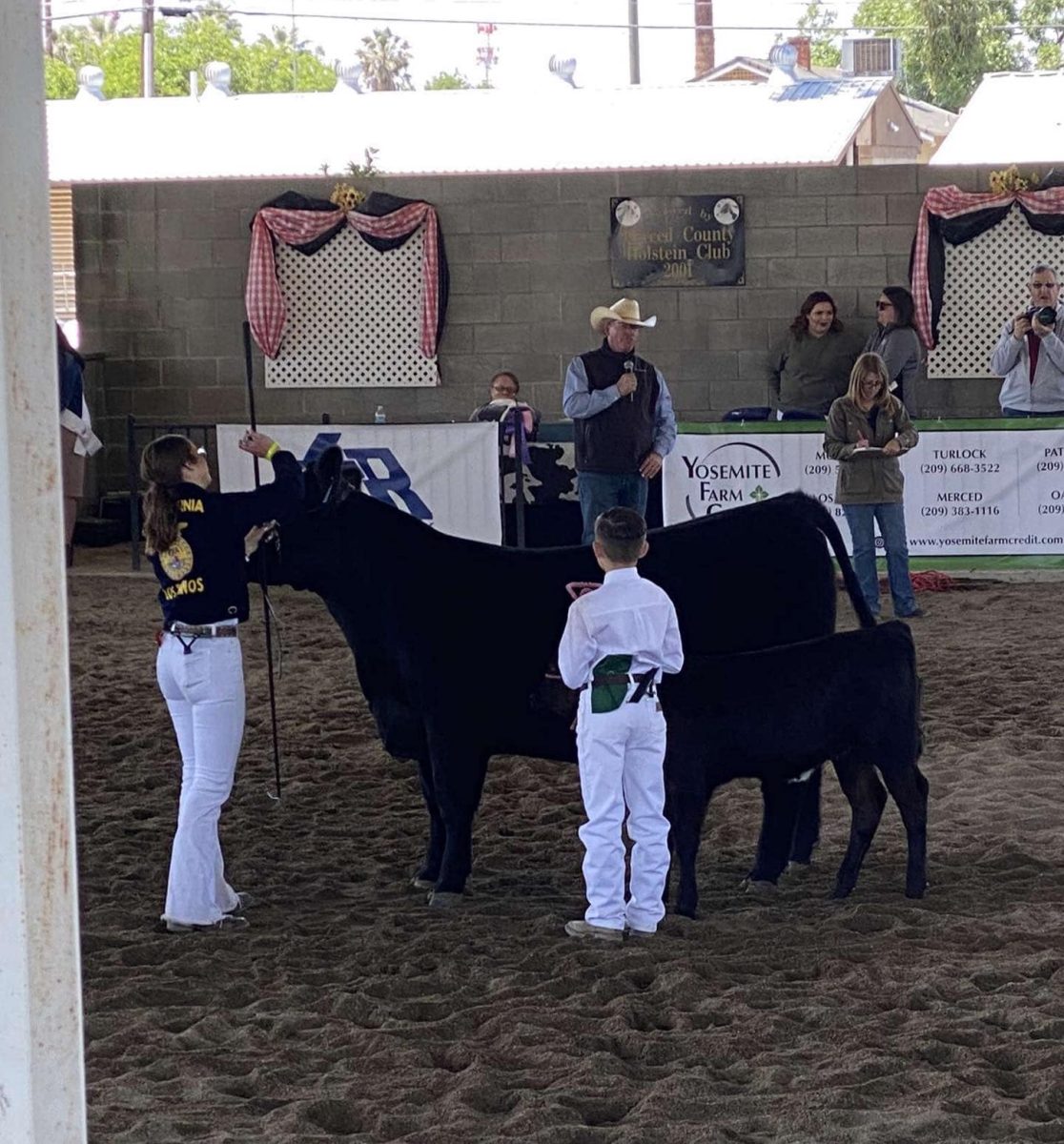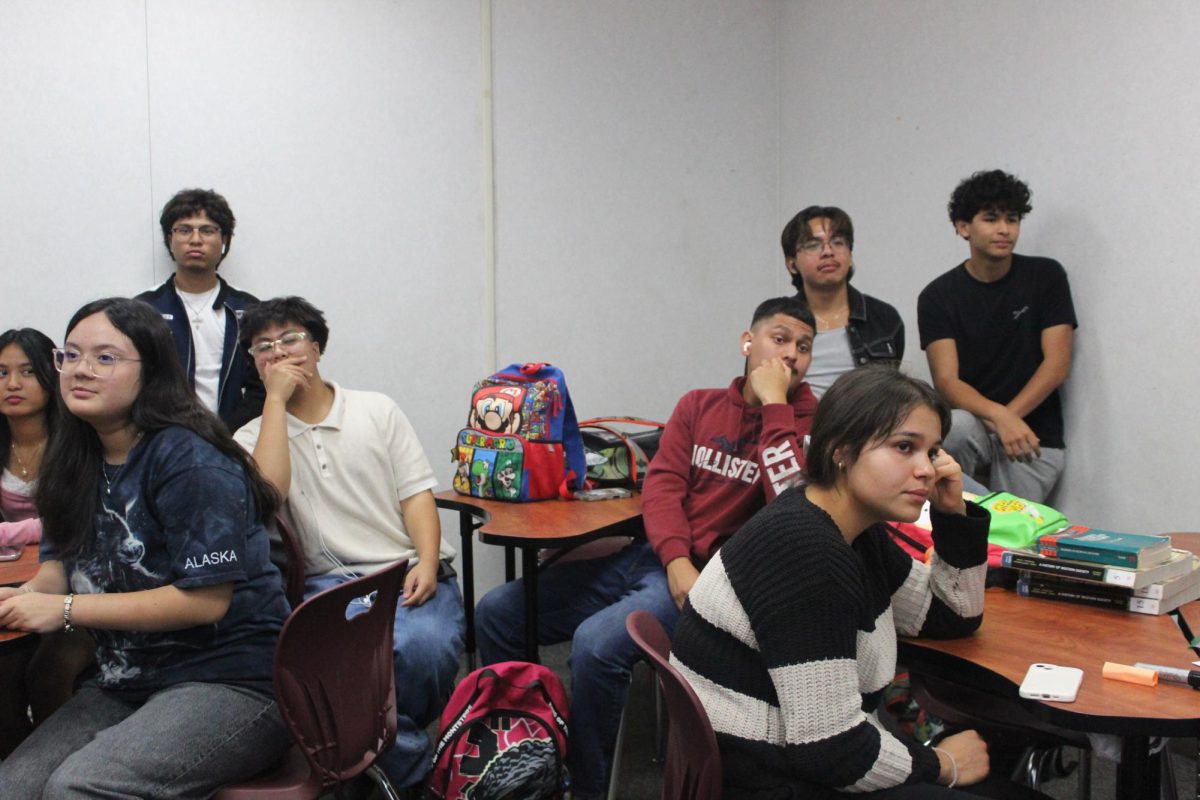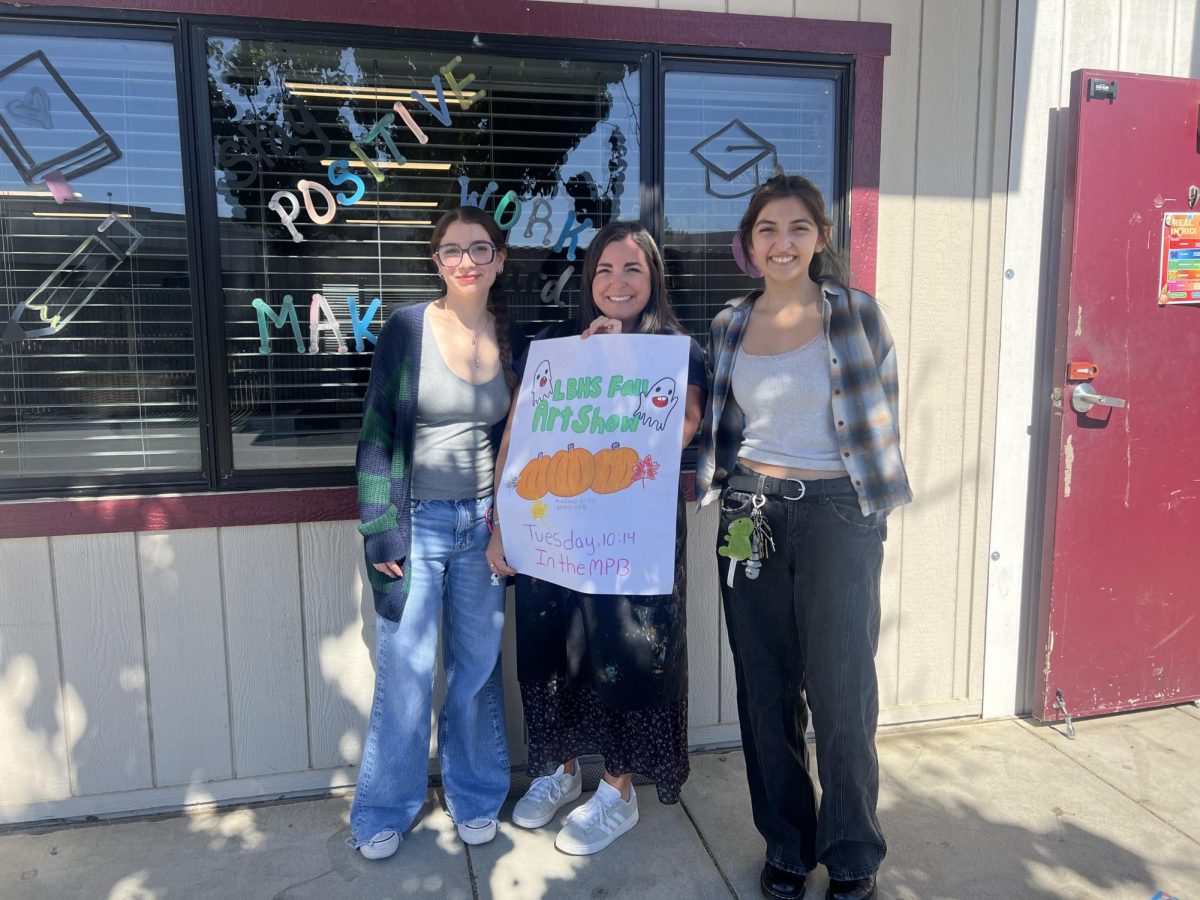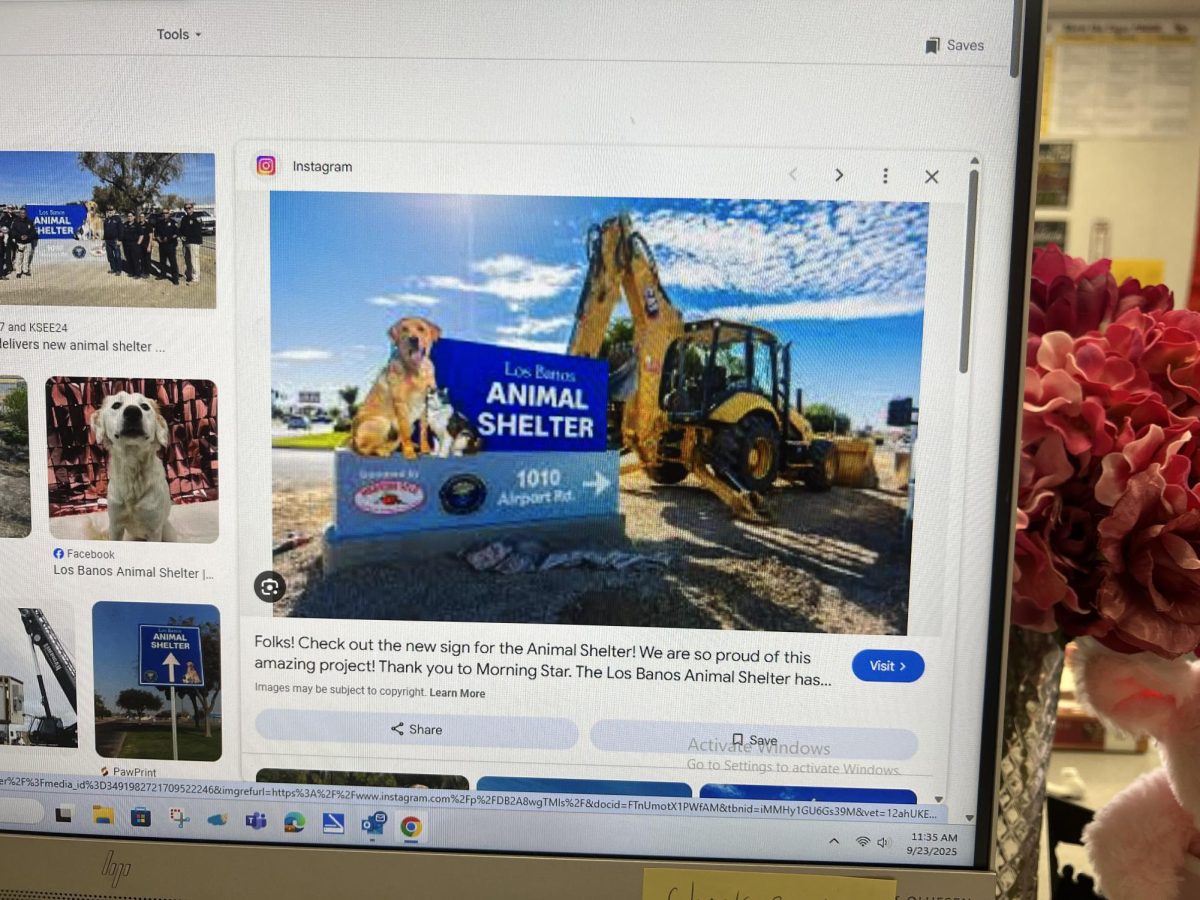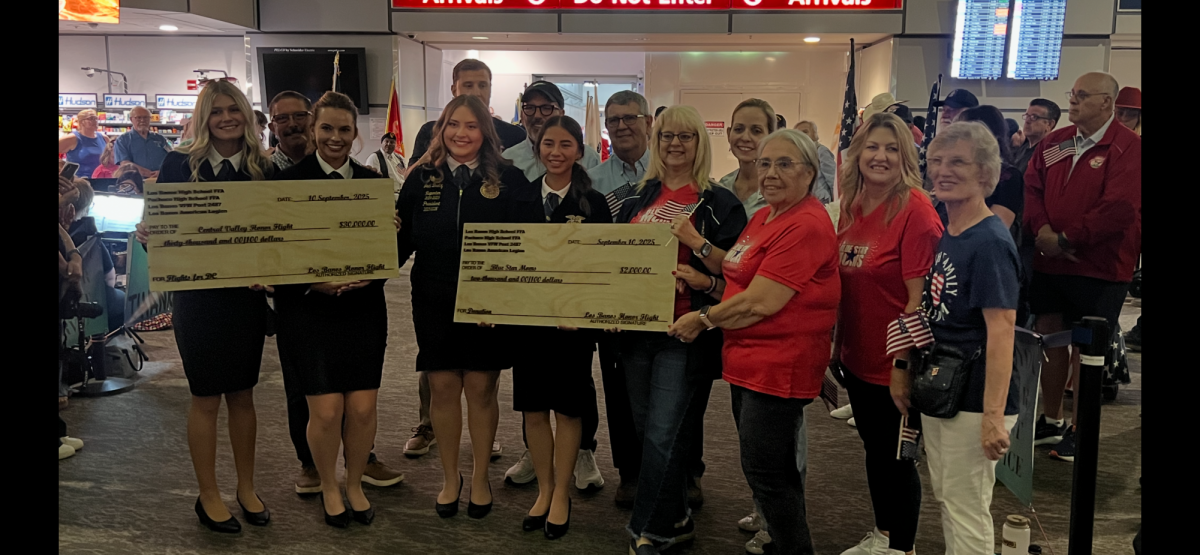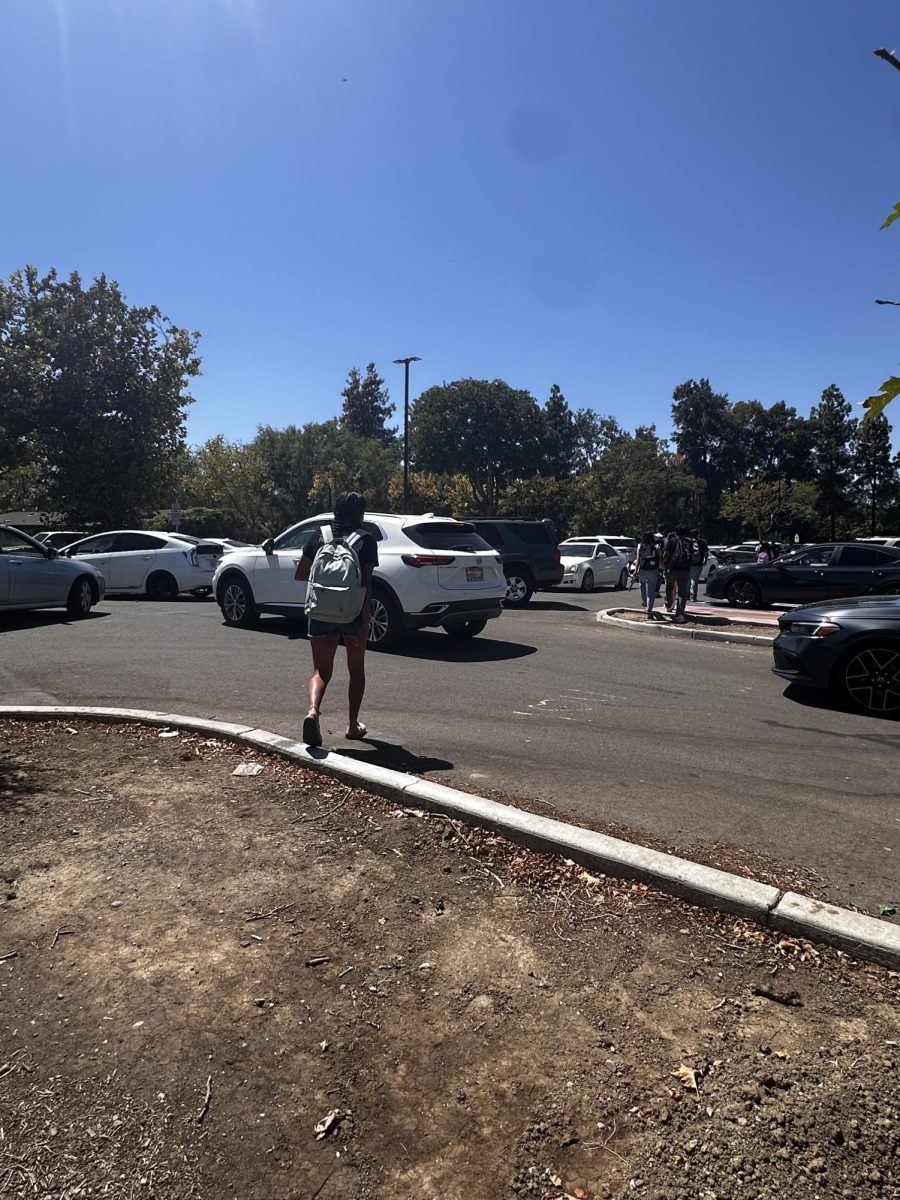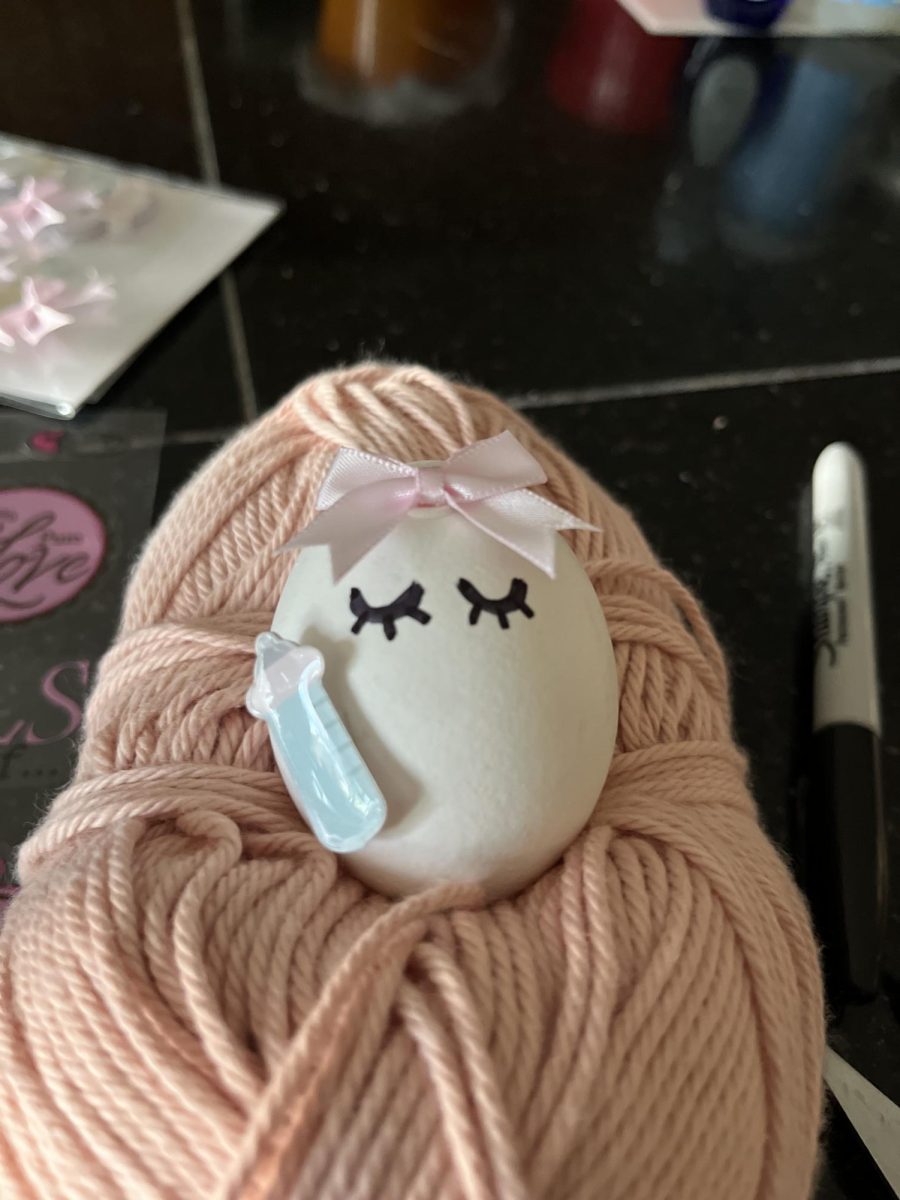Due to a recent influx of cases of bird flu, California Governor Newsom and state veterinarian Dr. Annette Jones announced on January 8, 2025 that all dairy and poultry projects are banned from displays at fairs and shows until further notice.
H5N1 Avian Influenza also known as bird flu is an infection that stems among wild birds, chickens, and rarely humans. Symptoms of bird flu include, flu symptoms (runny nose and high fever), sore throat, head and muscle aches, and pink eye. Bird flu has had new cases popping up since 2022. However, it was found in a Texas dairy in 2024. Since then the problem has blossomed over in California. Over 700 dairy herds and 60 poultry flocks have been detected with more to come.
With more and more livestock affected everyday, dairy and poultry owners have been urged to try and prevent spread. Biosecurity measures are taken more seriously along with wearing a mask and gloves when interacting with animals. They’ve been urged to avoid wild birds, other poultry, dairy cows, and owners. Farmers affected by bird flu have no choice but to put down their birds and restart their flocks.
According to npr.org, “More than 300 dairy herds have tested positive in California in the last 30 days alone.”
Dairy advisor for the FFA program, Mr. Stuart McCullough said, “In response to the notification of the cancelation of all dairy and poultry shows in California by the State Veterinarian due to the H5N1 Bird flu and the effect on exhibitors. Yes, it is very unfortunate that these shows are cancelled. There are many students that have put considerable time and resources into preparing to exhibit either specie. And I do feel for them and their inability to show this year as both of my children were dairy exhibitors in 4H and FFA. However, I also look at the impact this continues to have on the industry, the producers, and the consumers. Everyone is feeling the effects of H5N1. I hope that this will run its cycle more sooner than later so the industry, producers, and consumers can get back to a safe, reliable, and affordable supply of goods. And I feel confident that right along with that the ban on the exhibitions will follow suit and be lifted so our exhibitors can get right back into the show ring where they want to be.”
A dairy and poultry ban causes many 4-H and FFA students to be without projects. This leaves the question of whether or not there will be a replacement for dairy exhibits. As of now, the dairy team will start exploring dairy products from milk to cheeses and create a team in this area of competition.
As the bird flu cases continue to rise so does the price of eggs. The outbreak has intensified and more than 30 million chickens have been killed to prevent spread. This has caused a spike in egg prices. A dozen eggs now go for at least 8 dollars. That’s if you can even find eggs, most shelves are barren and empty since the spread. (MSN.com).
Can bird flu infect humans? The answer is yes, though it’s uncommon. The first case of bird flu in humans was in Los Angeles and since then at least 65 cases have been reported according to the CDC.
Bird flu has also been starting to spread into cats as well. As of January 17, 2025, a cat in Oregon tested positive for bird flu. Cats have been an easy target for bird flu since the virus has been around. However, infections skyrocketed after the virus came to dairies. Another concern is bird flu sneaking into pet food. There have been multiple cases of cats eating raw cat food and falling ill, many dying along the way. Many brands have been recalled, one being Monarch Raw Pet food.
Bird flu isn’t as bad in other states as it is in California. California has approximately 34 cases while others have a count of under five cases. In other states, such as Oregon, bird flu has not spread to dairy yet.

